What are the Best Fitness Routines for Seniors?
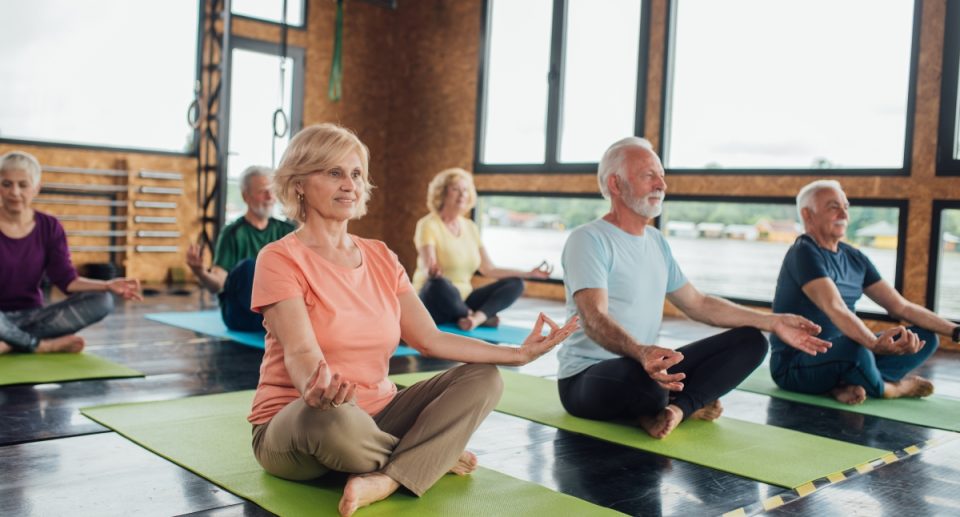
Staying active is essential at any age, but it becomes even more crucial for seniors. Regular exercise helps maintain physical health, mental sharpness, and overall quality of life as we age. As we age, our bodies experience changes such as decreased muscle mass, reduced bone density, and diminished flexibility. Engaging in a well-rounded fitness routine can counteract these effects, reduce the risk of chronic diseases, and improve both mobility and mood.
Finding the right fitness routine can seem daunting, but it doesn’t need to be. By focusing on activities that promote strength, cardiovascular health, flexibility, and balance, seniors can enjoy a range of benefits, from improved heart health to better mental well-being. This guide will explore the best fitness routines tailored for seniors, ensuring that exercises are both effective and safe.
1. Understanding Senior Fitness Needs

A. Age-Related Physical Changes
As we age, our bodies naturally undergo several changes that can impact physical performance. Muscle mass tends to decrease, leading to weaker muscles and reduced strength. Bone density also declines, increasing the risk of fractures and osteoporosis. Additionally, flexibility and balance diminish, making falls more likely.
B. Common Health Conditions
Many seniors face health conditions such as arthritis, which affects joint mobility, and cardiovascular issues that require careful management. Understanding these conditions helps choose appropriate exercises that avoid exacerbating symptoms while providing beneficial workouts.
2. Key Components of an Effective Fitness Routine for Seniors
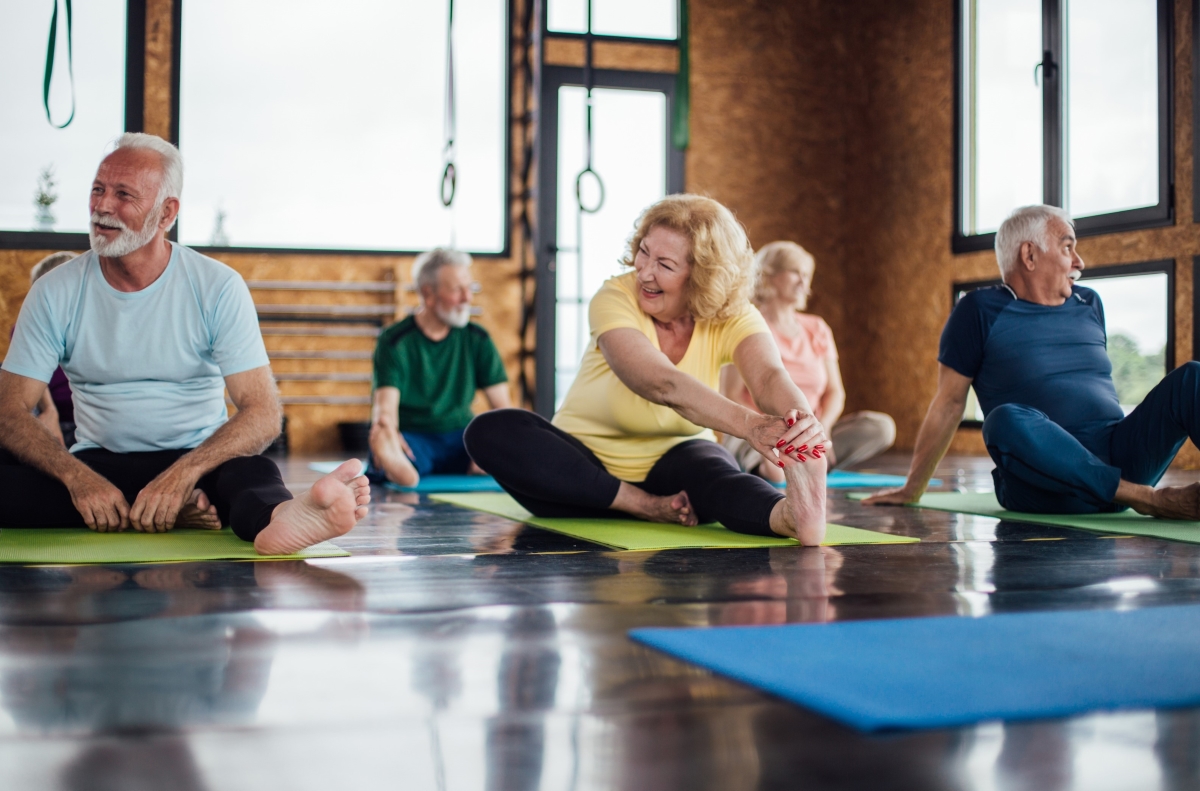
A. Strength Training
Maintaining muscle mass is crucial for preserving strength and functional independence. Strength training helps counteract muscle loss and improve bone density, reducing the risk of falls and fractures. For seniors, it’s best to use resistance bands or light weights, as these are gentle on the joints while still providing an effective workout. Aim for two to three days a week, with exercises targeting major muscle groups, such as seated leg lifts, bicep curls, and chest presses. Begin with one or two sets of 8-12 repetitions and gradually increase as strength improves.
B. Cardiovascular Exercise
Cardiovascular exercises are vital for heart health and overall stamina. Activities like walking, swimming, and cycling are excellent choices for seniors. They are low-impact, making them easier on the joints while still providing an effective cardiovascular workout. Aim for at least 150 minutes of moderate-intensity aerobic activity each week, which can be divided into shorter sessions if necessary. For example, a 30-minute walk five times a week can effectively meet this goal.
C. Flexibility and Balance Exercises
Flexibility and balance exercises are key to preventing falls and improving mobility. Stretching helps maintain joint and muscle flexibility, while balance exercises improve stability and coordination. Gentle activities such as yoga and tai chi are particularly beneficial. Yoga can improve flexibility and strength, while tai chi focuses on slow, deliberate movements that enhance balance and relaxation. Incorporate these exercises into your routine at least two to three times per week to experience noticeable improvements in balance and flexibility.
D. Low-Impact Activities
Low-impact activities are perfect for seniors with joint pain or mobility issues. Water aerobics, for instance, is easy on the joints and provides a full-body workout. Gentle stretching routines can also be beneficial for maintaining flexibility without causing strain. These activities can be both enjoyable and effective, providing a safe way to stay active.
3. Creating a Balanced Fitness Routine
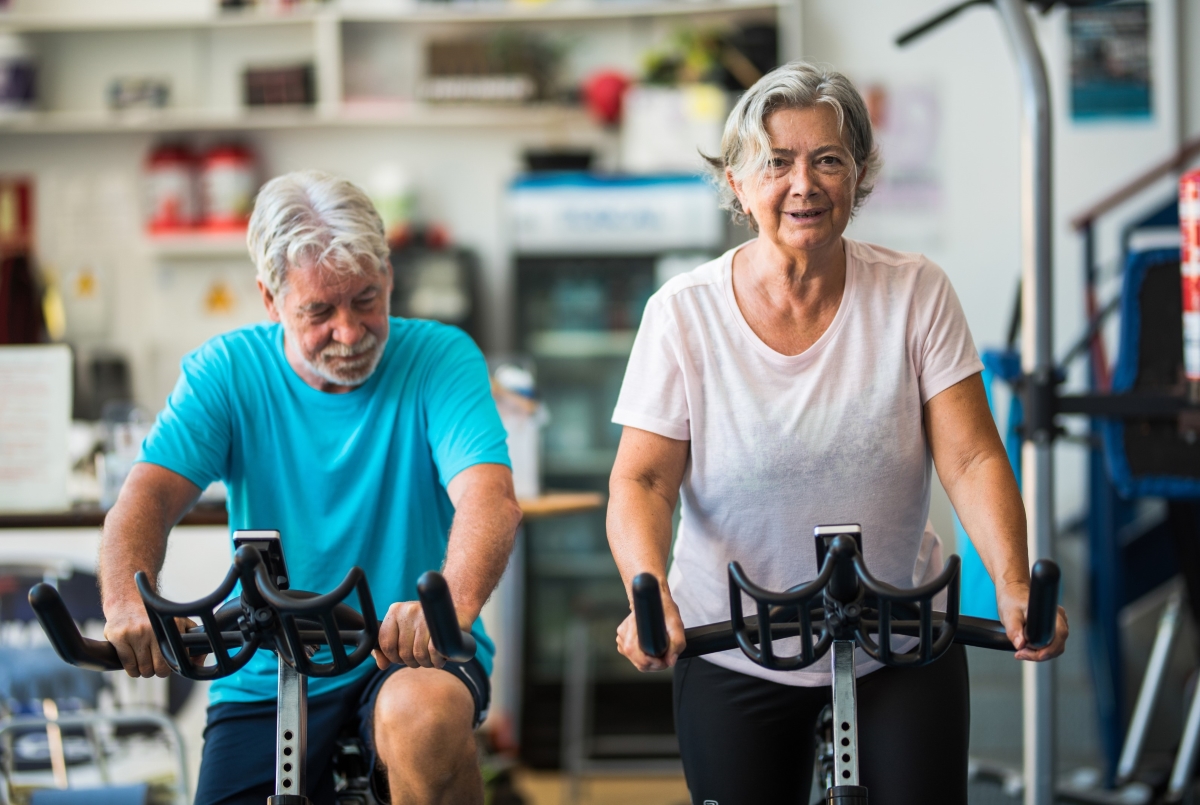
A. Setting Realistic Goals
Setting achievable goals is essential for maintaining motivation and tracking progress. Start with small, manageable goals, such as completing a certain number of weekly workouts or increasing the duration of aerobic activity. Track your progress using a fitness journal or app, and adjust your goals as needed based on your achievements and any new challenges.
B. Incorporating Variety
Variety in your fitness routine helps prevent boredom and keeps you engaged. Mixing different types of exercises, such as alternating between strength training and cardio, can make workouts more interesting and comprehensive. Include activities you enjoy to ensure long-term adherence to your fitness plan.
C. Safety Considerations
Safety should always be a priority in any fitness routine. Begin each session with a warm-up to prepare your muscles and joints for exercise, and end with a cool-down to aid recovery. Remember your body’s signals and avoid pushing through pain or discomfort. Consulting with a healthcare provider before starting a new exercise regimen is also wise, especially if you have existing health conditions.
4. Adapting Exercises to Individual Needs
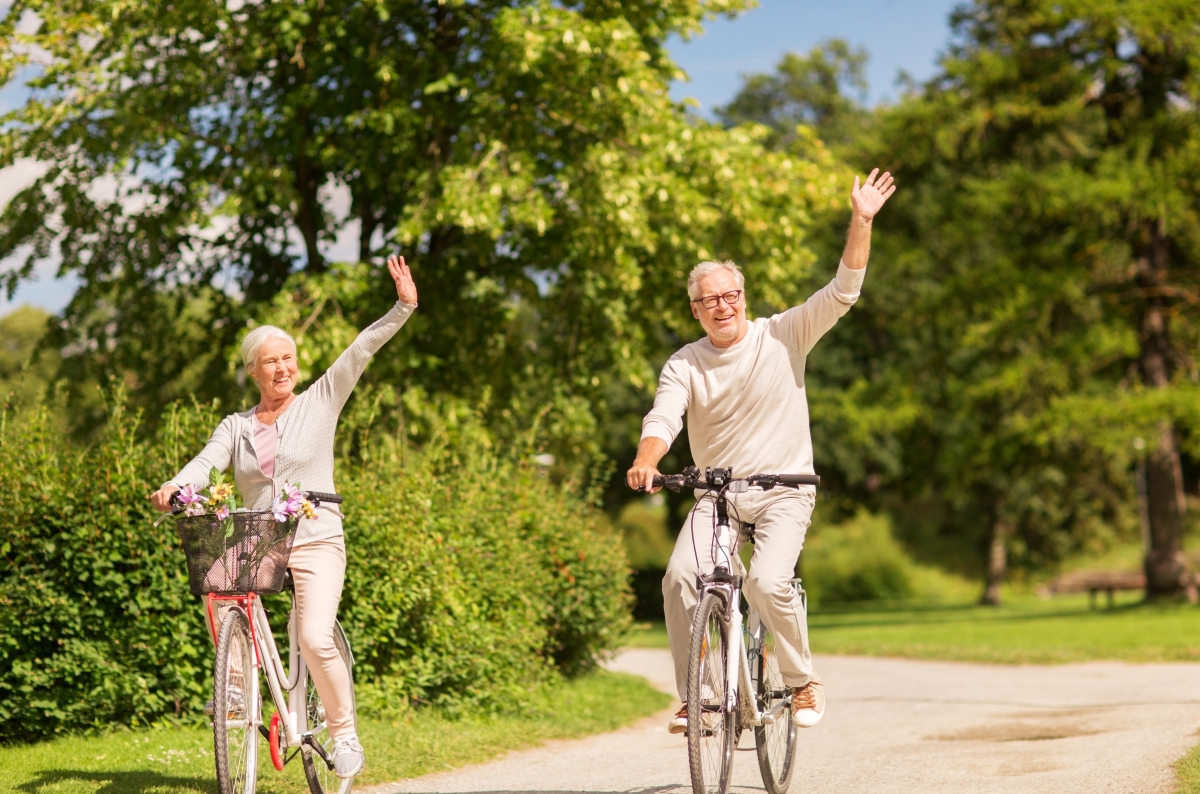
A. Modifications for Common Health Issues
Exercises can often be modified to accommodate specific health concerns. For example, if arthritis causes joint pain, opt for low-impact exercises like swimming or cycling rather than high-impact activities. Similarly, if mobility is a concern, chair exercises can be an excellent alternative, providing a way to stay active without risking falls.
B. Personalizing Fitness Plans
Personalizing your fitness plan ensures it aligns with your individual needs and preferences. Consider working with a trainer or physical therapist specializing in senior fitness to develop a plan tailored to your goals and abilities. A personalized approach can help address specific concerns and enhance overall effectiveness.
5. Success Stories and Testimonials
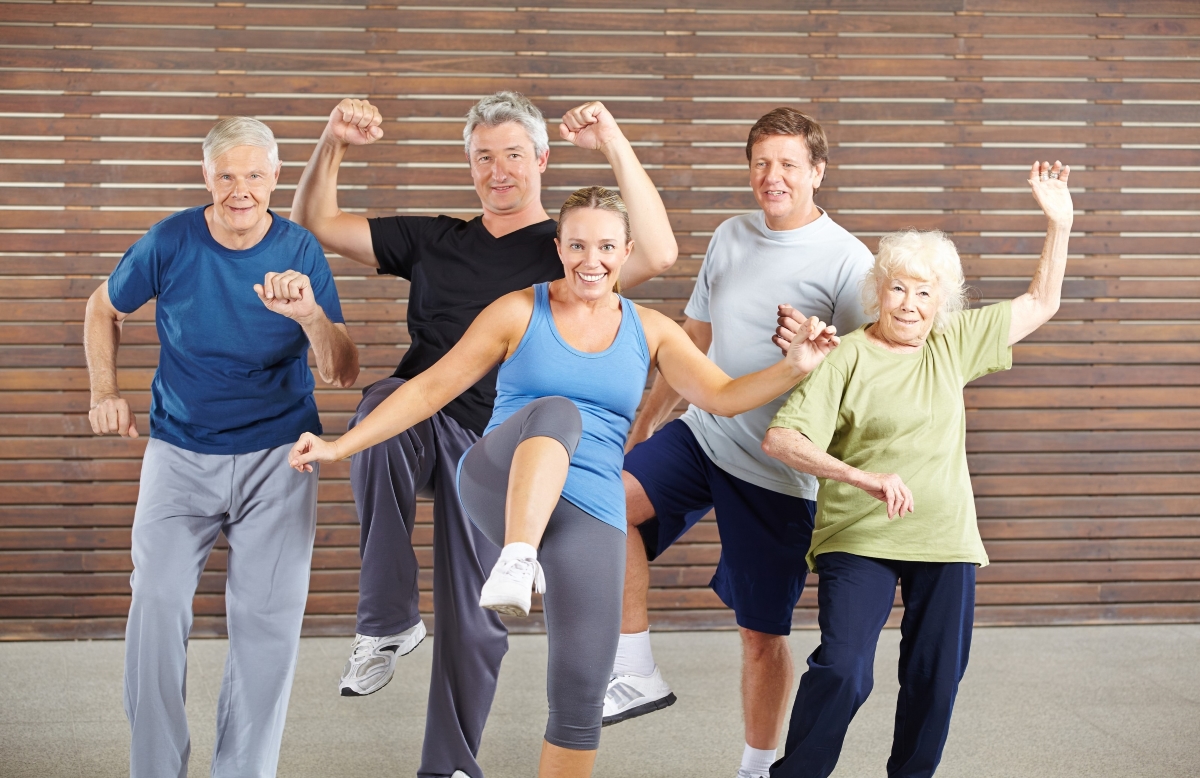
A. Real-Life Examples
Many seniors have successfully improved their fitness and quality of life through dedicated exercise routines. For instance, Joan, a 68-year-old grandmother, took tai chi and found that it significantly improved her balance and reduced her risk of falls. Stories like Joan’s highlight the positive impact that regular physical activity can have on seniors.
B. Professional Insights
Fitness experts and gerontologists emphasize the importance of incorporating various exercises into a senior’s fitness routine. Dr. Smith, a renowned gerontologist, suggests that “a balanced approach to fitness, including strength, cardiovascular, and flexibility exercises, can significantly enhance a senior’s health and well-being.”
6. Resources and Tools

A. Recommended Apps and Online Programs
Several apps and online programs offer guided workouts specifically designed for seniors. Apps like SilverSneakers and FitOn provide a range of exercise routines suitable for different fitness levels and preferences. These resources can be a convenient way to access workouts from home.
B. Local Community Resources
Community centers and senior organizations often offer fitness classes tailored to older adults. Look for local programs such as water aerobics classes, senior yoga sessions, or walking groups. Engaging with these community resources can provide social interaction and additional support for maintaining an active lifestyle.
Conclusion

Maintaining an active lifestyle is essential for seniors to preserve health, enhance mobility, and boost overall well-being. A well-rounded fitness routine with strength training, cardiovascular exercises, flexibility, and balance activities can provide numerous benefits, from improved heart health to better mental clarity. By setting realistic goals, incorporating variety, and focusing on safety, seniors can create a fitness plan that meets their needs and enriches their lives. Embrace these fitness routines to enjoy a more active, vibrant, and fulfilling life as you age.





